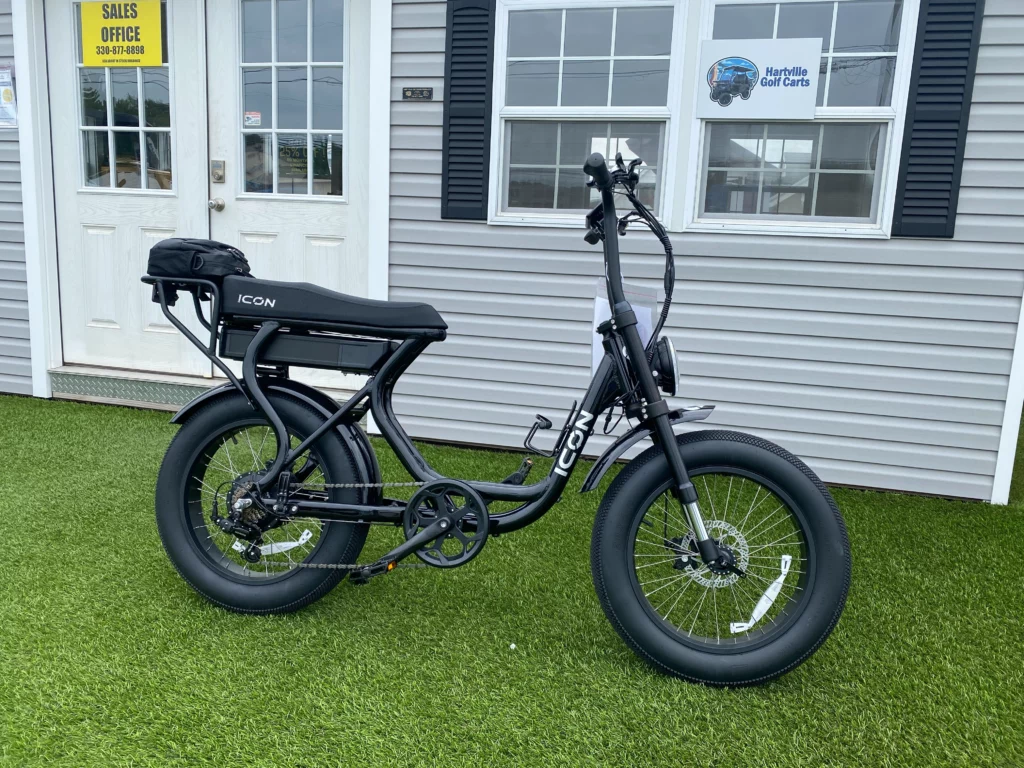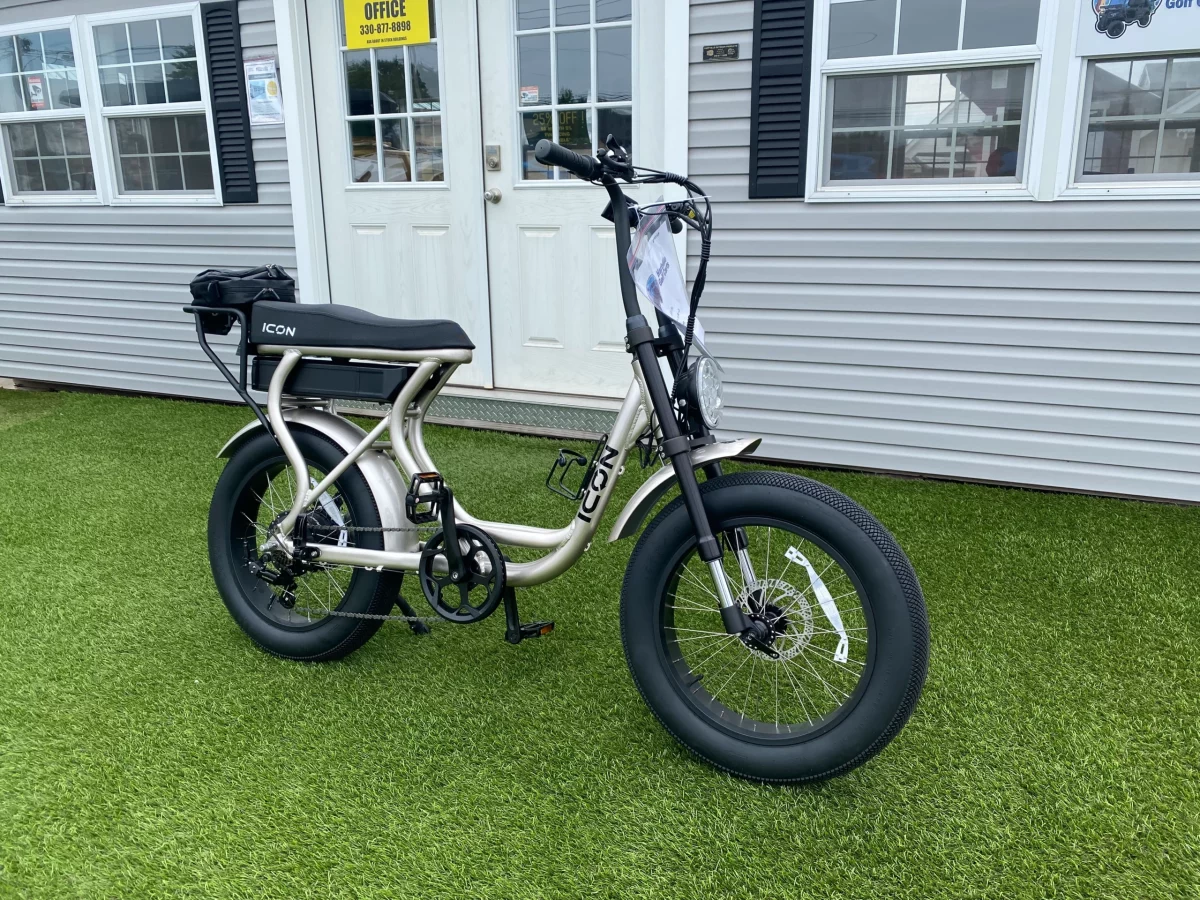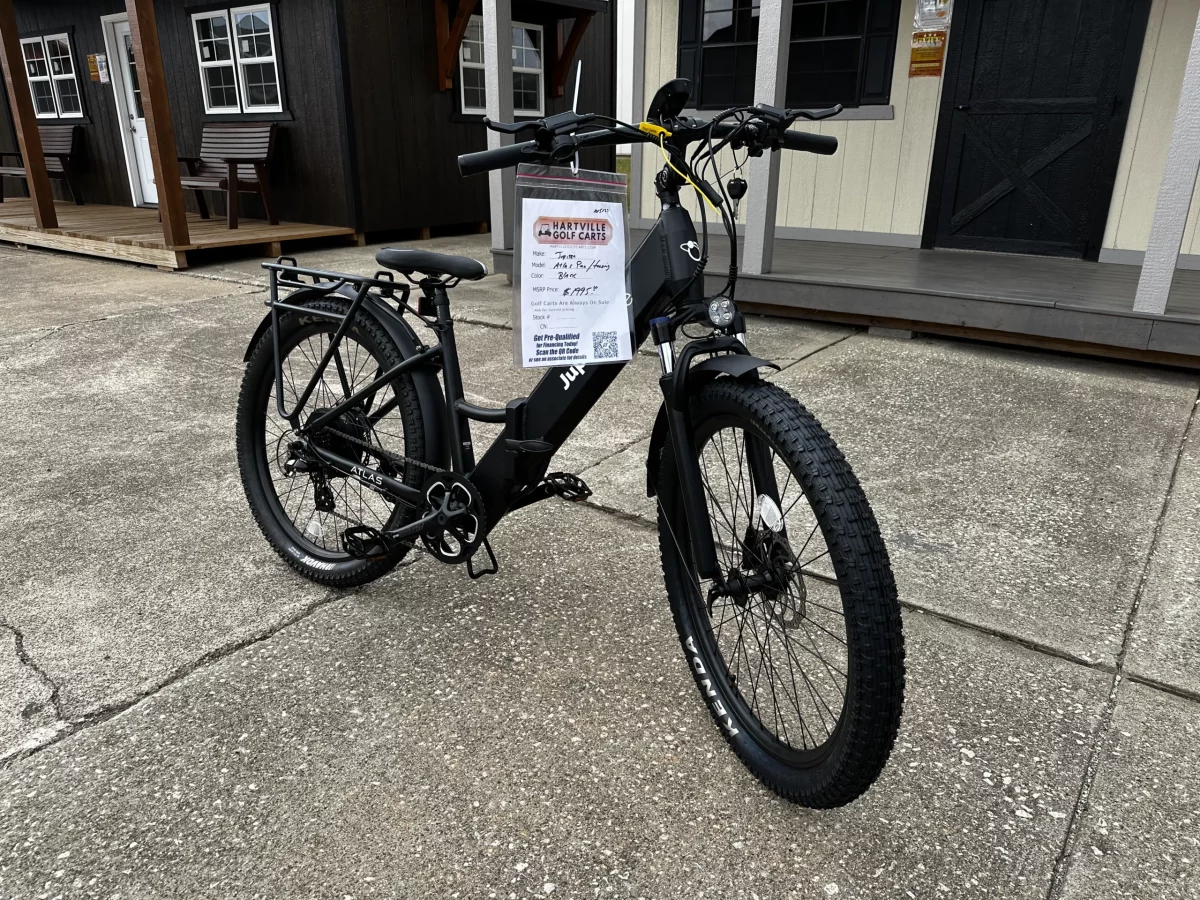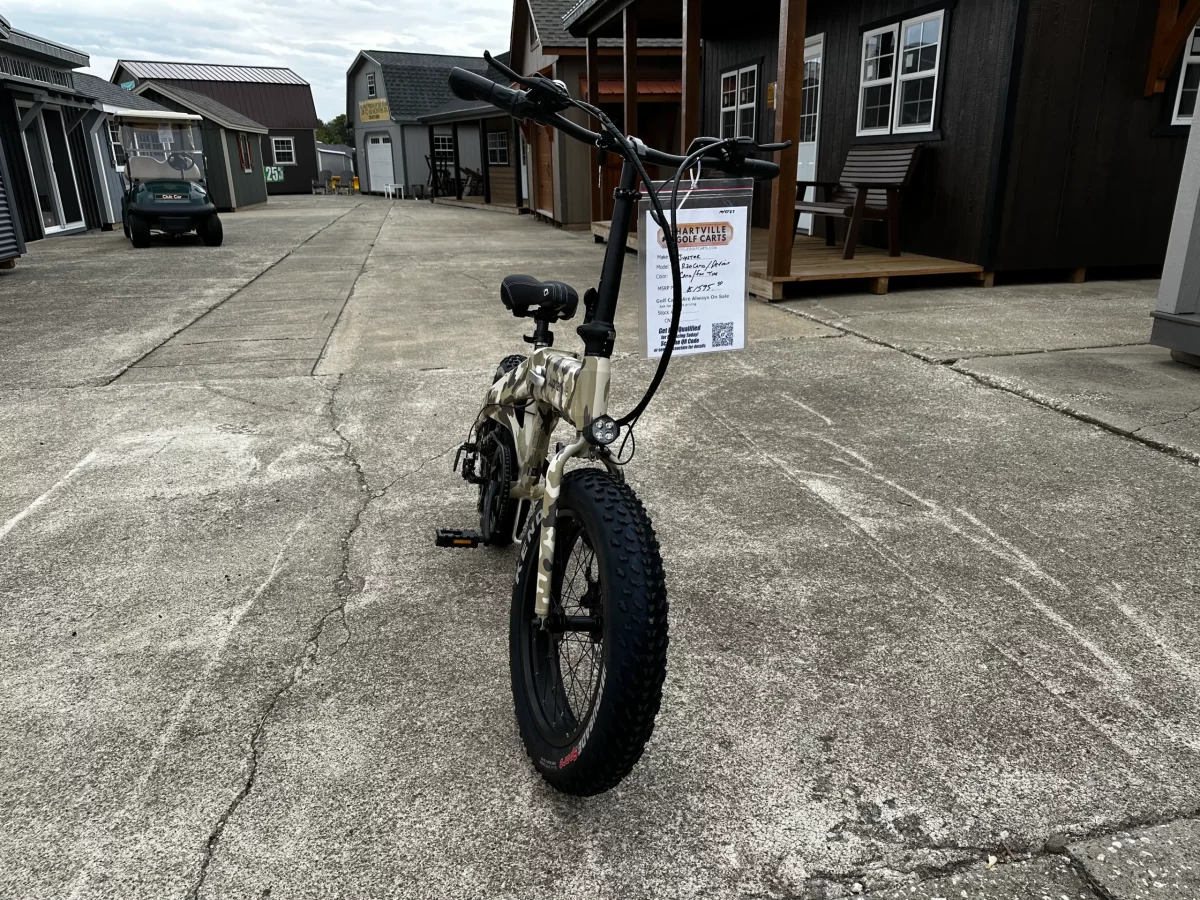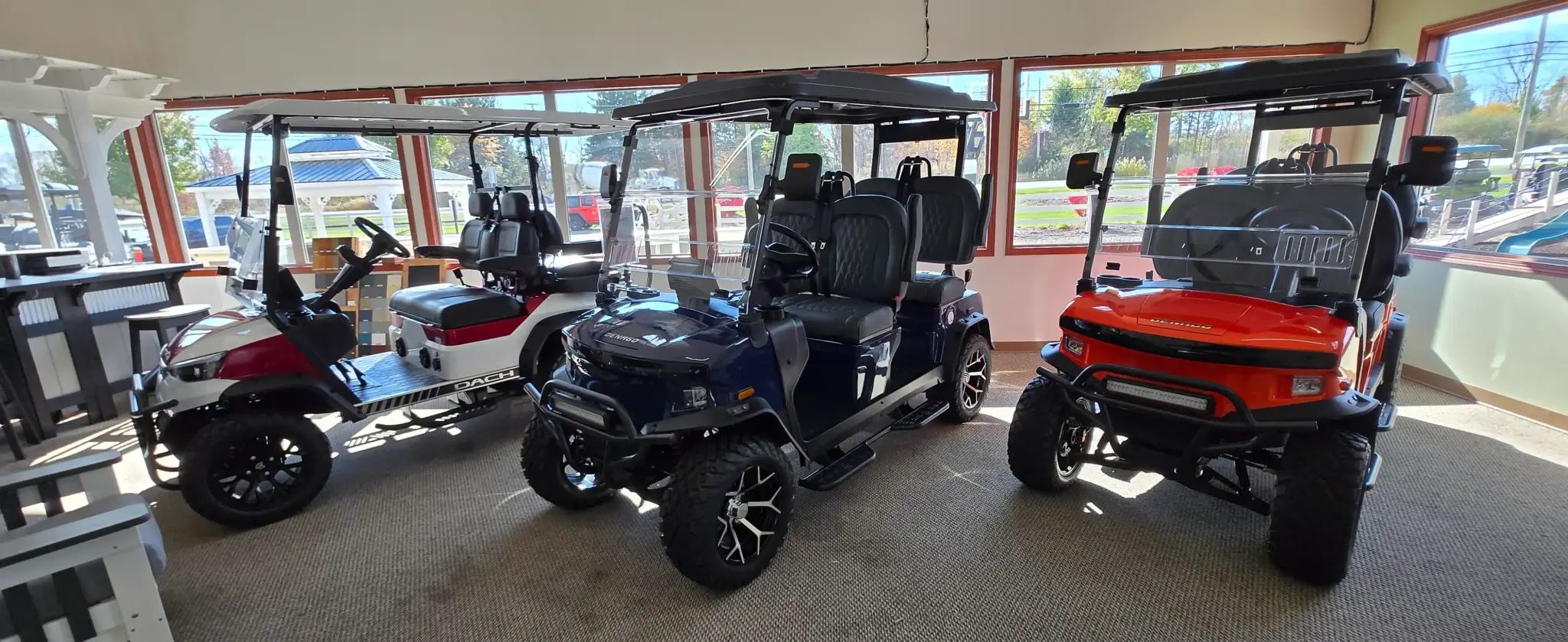E-bikes are one of the fastest-growing forms of modern transportation. They offer riders the joy of cycling with the added benefit of electric assistance, making longer rides and steep hills easier than ever. But for many new riders, the big question remains: how do ebikes work? Understanding the mechanics behind them helps explain why they’re efficient, practical, and increasingly popular. In this guide, we’ll break down the main components of e-bikes, how they function together, and what makes them unique compared to traditional bicycles.

The Core Components of an E-Bike
To understand how do ebikes work, it’s best to look at their essential parts. An e-bike includes several additional systems beyond what you’d find on a standard bicycle:
- Battery: Stores the energy needed to power the motor.
- Motor: Provides electric assistance to the rider’s pedaling or, in some cases, throttle power.
- Controller: Acts as the brain of the system, managing power between the battery and motor.
- Pedal Sensors: Detect when you’re pedaling and adjust the motor’s output accordingly.
- Display: Provides information such as speed, battery level, and assist mode.
These components work together to give riders smooth, consistent assistance while still allowing the experience of traditional cycling.
The Role of the Battery
The battery is the power source of every e-bike. Most use lithium-ion batteries, which are lightweight, rechargeable, and long-lasting. Battery capacity is measured in watt-hours (Wh), and this number determines how far the e-bike can travel on a single charge. For example, a 500Wh battery might provide 25–50 miles of range depending on terrain and assist level. Charging usually takes 3–6 hours using a standard outlet. Proper care—such as avoiding full discharges and storing in moderate temperatures—extends the life of the battery.

How the Motor Provides Assistance
E-bikes typically use one of two main motor types, each offering distinct advantages. Hub motors, found in the front or rear wheel hub, are simple in design, reliable, and deliver direct power straight to the wheel. This makes them common in many entry-level models. On the other hand, mid-drive motors are mounted near the pedals and transfer power through the bike’s chain. This setup provides better balance, efficiency, and hill-climbing ability, making mid-drive systems a popular choice for riders who need stronger performance and versatility.
Pedal Assist vs. Throttle
E-bikes operate in two main ways: pedal assist and throttle. Pedal assist detects your pedaling and adds motor power proportionally. This creates a natural feel, making it seem like your legs are stronger. Throttle systems, on the other hand, allow you to engage the motor without pedaling—similar to a scooter. Many bikes combine both features, offering flexibility depending on your riding style and needs.

The Role of Sensors
E-bikes use different types of sensors to regulate motor assistance and improve the riding experience. Cadence sensors detect when the rider is pedaling and switch the motor on or off accordingly, providing steady assistance as long as the pedals are moving. In contrast, torque sensors measure how much force the rider is applying and adjust the motor output to match that effort. This results in a smoother, more natural ride that closely mimics the feel of traditional cycling.
Controllers and Displays
The controller manages how much power flows from the battery to the motor. Riders can usually adjust settings through a display or handlebar buttons. Displays show key information like speed, distance, battery charge, and which level of assist is selected. Some advanced systems even connect to smartphone apps, offering GPS, fitness tracking, and ride diagnostics.

How Regenerative Braking Works
Some e-bikes include regenerative braking, which converts braking energy back into stored electricity. While common in electric cars, it’s less efficient in e-bikes because of their lighter weight. Still, it can extend range slightly and reduce brake pad wear. Not all models offer this feature, but it highlights how advanced technology is shaping e-bike design.
Range and Efficiency
A frequent question beyond how do ebikes work is how far they can go. Range depends on battery capacity, motor efficiency, rider weight, terrain, and assist level. Riding on high assist drains the battery faster, while eco modes maximize mileage. Most e-bikes can travel 25–70 miles per charge, making them practical for commutes, errands, or long recreational rides.

Charging and Maintenance
Charging an e-bike is simple—plug the charger into a standard outlet. Routine maintenance is similar to traditional bikes: checking tire pressure, lubricating the chain, and inspecting brakes. The main difference is caring for the battery, which should be recharged regularly and stored properly. With proper care, batteries last 3–5 years or 500–1,000 charge cycles. Lithium technology is improving, offering even longer lifespans in newer models.
Safety and Legal Considerations
Another aspect of how do ebikes work involves their legal classification. In the U.S., e-bikes are divided into three classes based on speed and throttle use. Most states allow them on streets and bike lanes, but Class 3 bikes may be restricted from multi-use paths. Helmets are recommended, and often required for younger riders or higher-speed bikes. For details, the National Highway Traffic Safety Administration provides guidelines for safe and legal e-bike use.

Why E-Bikes Feel Different Than Regular Bikes
Riders often describe e-bikes as smoother and easier to handle than traditional bicycles. The motor delivers instant torque, making acceleration effortless. The added weight of the battery and motor is balanced by low mounting points, which improve stability. For many riders, e-bikes provide a sense of freedom by removing the barriers of distance and terrain that might discourage regular cycling.
Environmental Benefits
Understanding how do ebikes work also highlights their environmental impact. They produce zero emissions while riding and reduce dependence on cars for short trips. Charging an e-bike uses far less energy than fueling a car, making them one of the most efficient forms of transportation available. Communities benefit from reduced traffic, cleaner air, and healthier lifestyles when more people choose e-bikes.

Conclusion: How Do Ebikes Work?
So, how do ebikes work? At their core, they use a rechargeable battery to power a motor that assists pedaling or provides throttle-driven motion. A controller and sensors manage this power, giving riders smooth and adjustable levels of assistance. With ranges of 25–70 miles per charge, simple charging, and minimal maintenance, e-bikes are practical alternatives to cars for many daily trips. By combining human power with electric support, they make cycling accessible, enjoyable, and efficient. Whether for commuting, fitness, or recreation, e-bikes represent the future of personal transportation.
At Hartville Golf Carts, we celebrate all forms of electric mobility. Just like golf carts, e-bikes offer a clean, reliable, and affordable way to move. By understanding how they work, riders can unlock the full potential of this innovative technology.


